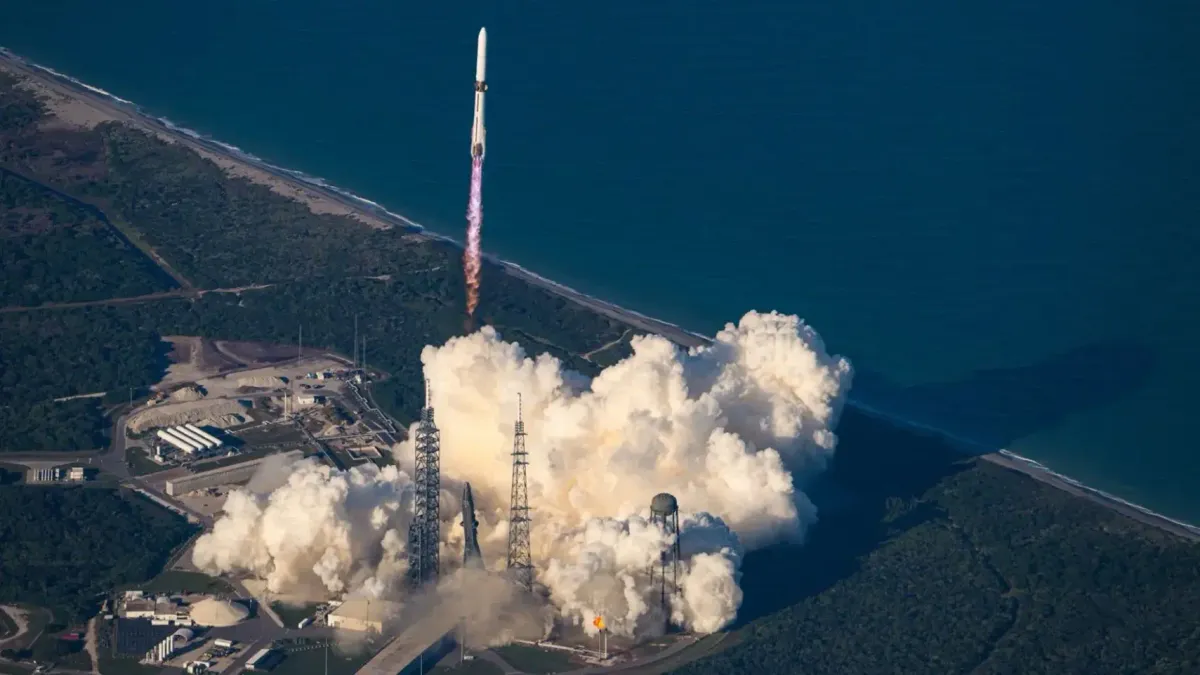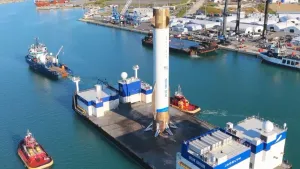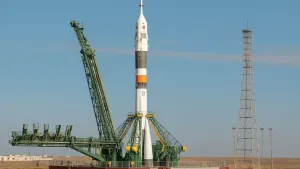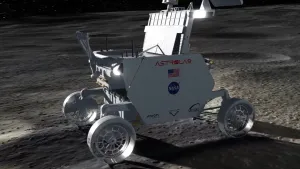NASA launched two spacecraft known as the ESCAPADE mission from Cape Canaveral aboard a New Glenn rocket made by Blue Origin. The mission lifted off at 3:55 p.m. ET on November 13, 2025, from Launch Complex 36.
The twin satellites, named “Blue” and “Gold”, were built by Rocket Lab and the University of California, Berkeley, with the aim of reaching Mars in 2027 to study the planet’s magnetosphere and atmospheric loss.
Blue Origin also achieved the first successful landing of New Glenn’s first-stage booster on an ocean barge, a milestone for the company’s reusable rocket programme.
Mission Goals And Scientific Focus
The ESCAPADE mission is tasked with understanding how the solar wind, a stream of high-energy particles from the Sun, interacts with Mars's weak magnetic field and contributes to the planet’s atmosphere thinning.
Leaving Earth… pic.twitter.com/ltSY1ycTtp
— Jeff Bezos (@JeffBezos) November 14, 2025
By flying two spacecraft in tandem, the mission will gather data on how charged particles flow and how Mars’s upper atmosphere responds to solar events.
In the months ahead, ESCAPADE will spend about a year in a staging orbit near Earth before the final push to Mars. Once it reaches Mars, the twin probes will enter elliptical orbits, enabling comparative measurements of the solar-wind interaction across different altitudes and magnetic conditions.
Significance Of The Launch
This mission represents a convergence of commercial space operations and planetary science. Blue Origin’s New Glenn is in its second flight, but this marks its first science-payload mission for NASA.
The successful launch and booster recovery reflect progress in commercial heavy-lift and reusability efforts that underpin deeper space exploration.
For NASA, deploying low-cost spacecraft with commercial launch partners supports its strategy of affordable Mars exploration and experimentation in heliophysics.
The insights gained from ESCAPADE will inform future human missions to Mars, especially regarding radiation exposure and atmospheric conditions.
What To Observe In The Coming Years
Key milestones include when the spacecraft complete their Earth-parking phase and embark toward Mars, whether they enter the planned orbits and how the data quality holds up during prolonged operation.
Observers will also note how Blue Origin executes future launches of New Glenn and whether additional science missions follow this commercial-partnership model.
The success of this mission could accelerate use of twin-satellite formations at Mars or other planetary bodies and set a precedent for combining small spacecraft with commercial rockets to explore space efficiently.






